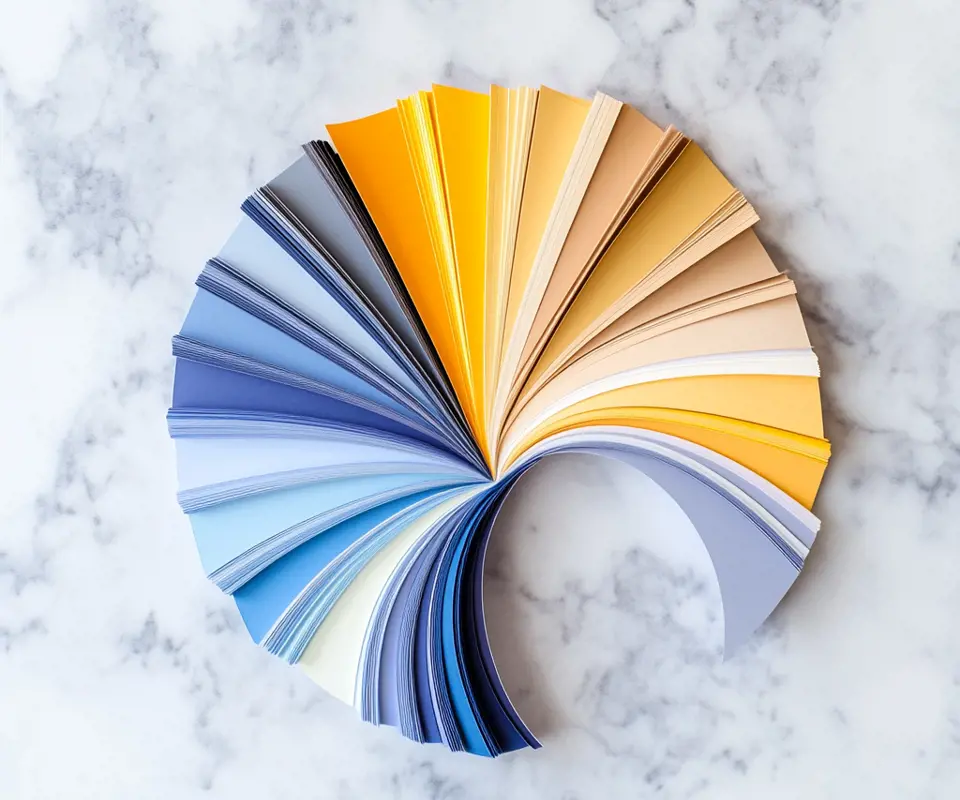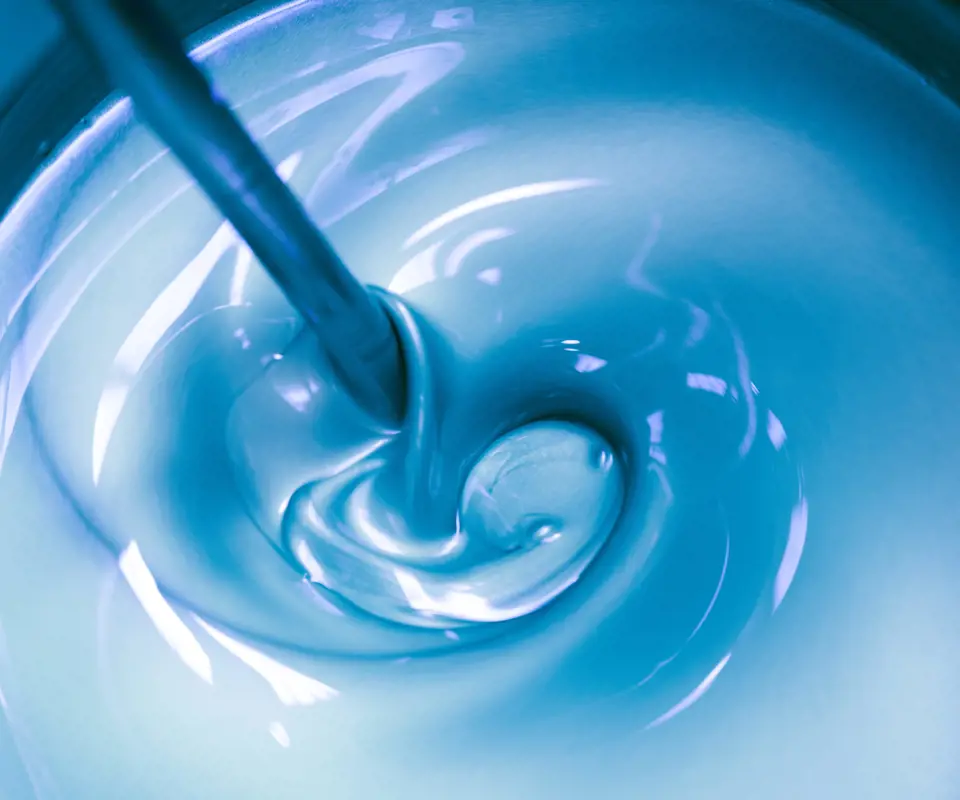
Color Temperature Measurement: Understanding and How We Can Help
Color temperature is an essential aspect of light and is crucial in various industries, from interior design to photography and cinematography. It helps define the overall warmth or coolness of a light source, influencing the mood of a space or the appearance of objects under a given light. Let’s learn more about it:
-
How do we measure color temperature at Color Project European?
-
Why choose us for color temperature measurement and reproduction?

What is color temperature?
Color temperature refers to the hue of light emitted by a light source, measured in Kelvin (K). The scale ranges from warm, redder hues at the lower end to cooler, bluer tones at the higher end. A lower color temperature (below 3,000 K) produces a warm light, often associated with incandescent bulbs, while higher values (above 5,000 K) generate a cooler, blue light akin to daylight or fluorescent lamps.
The correct understanding of color temperature is fundamental in applications where light plays a significant role in setting the atmosphere or portraying accurate color. For example, in interior design, a warm light can make spaces feel cosy and inviting, while cooler lighting may be preferred in office environments or for certain artistic endeavors.
Units of measurement: Kelvin (K)
Color temperature is always expressed in Kelvin (K). The Kelvin scale measures temperature, but when it comes to light, it helps us understand how warm or cool the light source will appear.
-
Below 2,000 K: Warm, reddish light (yellowish).
-
3,000 – 4,000 K: Soft white or neutral light (white).
-
Above 5,000 K: Daylight or cool light (blueish).
International colour code and colour rendering
An important aspect of color temperature measurement is the International Colour Code (ICC), which is typically represented as a three-digit value. This code helps to define both the light clarity and the color temperature. The first digit indicates the Colour Rendering Index (CRI), which measures how accurately the light renders the colors of objects, while the last two digits represent the color temperature of the light source.
Here’s how the system works:
|
International Colour Code |
CRI (Colour Rendering Index) |
Colour Temperature |
|
127 |
1 = 10-19 |
2700K |
|
227 |
2 = 10-19 |
2700K |
|
440 |
4 = 10-19 |
4000K |
|
535 |
5 = 10-19 |
3500K |
|
865 |
8 = 10-19 |
6500K |
The CRI value is crucial as it indicates the quality of a light source. A high CRI means the light source accurately represents the colors of the objects it illuminates, while a low CRI can distort the appearance of those colors. The higher the CRI, the better the color fidelity, which is essential for environments where accurate color perception is key, such as in design, art, or photography.
In this context, the color temperature shows the hue of the light emitted, which plays a significant role in creating the desired atmosphere or mood in any given space. Poor-quality light with a low CRI will have a diminished effect on the color of the illuminated area.
How is color temperature measured?
To accurately measure the color temperature of a light source, we use a color temperature meter or colorimeter. These tools measure the spectral qualities of the emitted light and convert it into Kelvin units, providing an objective way to assess whether the lighting conditions align with the desired outcome.
-
Color temperature meter: This device specifically measures the color temperature of a light source. It’s essential for ensuring lighting design meets the required aesthetic or technical specifications in fields such as photography, cinematography, and interior design.
-
Spectrometer: For a more detailed analysis of light’s spectral composition, a spectrometer can offer an in-depth look at the light’s quality, helping designers and other professionals fine-tune their lighting setups.
How do we measure color temperature at Color Project European?
At Color Project European, we take a comprehensive approach to color measurement. We manage the entire process for our clients, from consultation to the final product. This allows us to tailor each project to your specific needs and ensure the highest level of color accuracy.
We pride ourselves on using advanced measurement techniques, coupled with expert knowledge, to provide the most accurate color intensity, hue, and temperature measurements for any application.
Why choose us for color temperature measurement and reproduction?
We set ourselves apart from competitors by offering the expertise to manage every aspect of the color measurement. From initial consultation to the production of fan decks, charts, color book, and coo brochures, we provide end-to-end color reproduction services that go beyond the traditional method. Our approach ensures that your color requirements are met with precision and attention to detail, all backed by professional guidance and support.
Let us be your partner in color measurement and reproduction. With our expertise, we can help you achieve perfect color alignment for any lighting or design project, ensuring your color schemes are precise, accurate, and visually appealing.
By understanding the technicalities of color temperature measurement and the right tools to use, we ensure your projects reflect the exact color output you desire. Partner with Color Project European for exceptional color accuracy and professional service.
Contact us